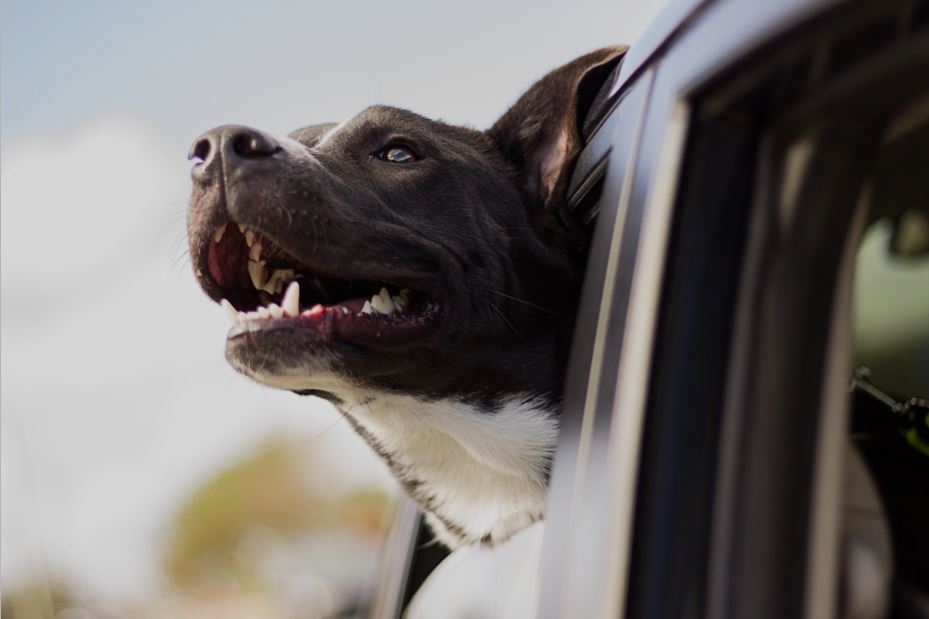
You are excited about the big move to a new home, but your dog will find the move more of an adjustment than you may expect. Dogs are used to their environment and a major change to a whole new living space can be stressful to them. While most dogs will acclimate to their new environment within a week or so, that transition can be rough as the uncertainty leads to unintended misbehavior and increased nervous and spooked reactions during that period. There are ways you can help your dog better adjust to the move with minimized distress and swift acclimation.
Before the Move
Your dog is used to the rules of the house and often associates certain objects and images with those rules. With a new home, however, can come new rules. Some pet owners won’t want their dog going down the stairs in their new house while they were allowed to in the old one, or they’ll have a certain couch they don’t want the dog to jump on. If this is the case, start practicing new routines and rules as soon as possible. Even if your dog will be allowed on other couches, start with forbidding them from any couches at your current home, then the same in the new house. This consistency will remove uncertainty from the dog’s adjustment period, and once the dog is comfortably adjusted to the new home and new rules, you can slowly allow them onto the other couches. Whatever your rule changes may be, ensure that you are providing as much consistency as possible in a way that is easily translated to the new house so that the dog will know what to do when faced with the new environment.
Introduce Your Dog to His New Home
If you have the time and your new home is within a reasonable distance, you should take your dog to the new property to explore before the move. Walk him on a leash while he sniffs around, letting him get used to the smells before coming to live there. If you’re able to, try putting a spare food bowl and water down where his will be later so that he knows where to expect it, as well as trying out sitting and lounging places in the house with him so that he knows what everything does. Getting this introduction early on while he still has his familiar home waiting for him will make the real move feel less intimidating and uncertain.
Packing and Moving
Pack the dog’s toys, food dishes, bedding and anything in his area last. These items mark the dog’s territory, so even if the house becomes cluttered, it will help him keep rooted with the familiar while everything else changes. If possible, let him stay with a friend in a place he’s stayed over before while the majority of the packing happens so that he doesn’t get underfoot or get overexcited by all of the activity. If you’re working with a moving company, then take him out to the park or spend time with him outside the house while the company works. If possible, it’s best that your dog rides to your new home with you, whether that be in a moving truck or in the family car. Even if this means he has to ride in his crate, it’s easier for a dog to travel with a familiar face than with strangers, especially when going to a new home.
After the Move
In the new home, try to keep his area and items in about the same places as the old home. If you had the food bowls and water in the kitchen before, do it again in the new home. This is important for the first week or so while your dog acclimates, though you can rearrange things again after he’s adjusted to the house itself. Do not wash his bed or blankets during that transition as well, especially if your dog has ever felt the need to mark his territory. The smells are comforting to him, and placing blankets and toys that already carry his scent around the house will mark his territory for him, and is a great way to tell him that the house is his new home. With that in mind, don’t get him any new toys during this period, as you don’t want to put more on his plate to adjust to.
By taking care and preparation, your dog can acclimate swiftly to their new home and avoid unnecessary stress. Keeping them rooted in familiar things will prevent anxiety in your dog while they explore an unfamiliar home, and it will also help keep them informed of what is expected of them in a way that they best understand. Big dogs will generally acclimate faster and with less anxiety than smaller dogs, so it’s especially important that you take particular care with your smaller dogs.



Comments are closed.